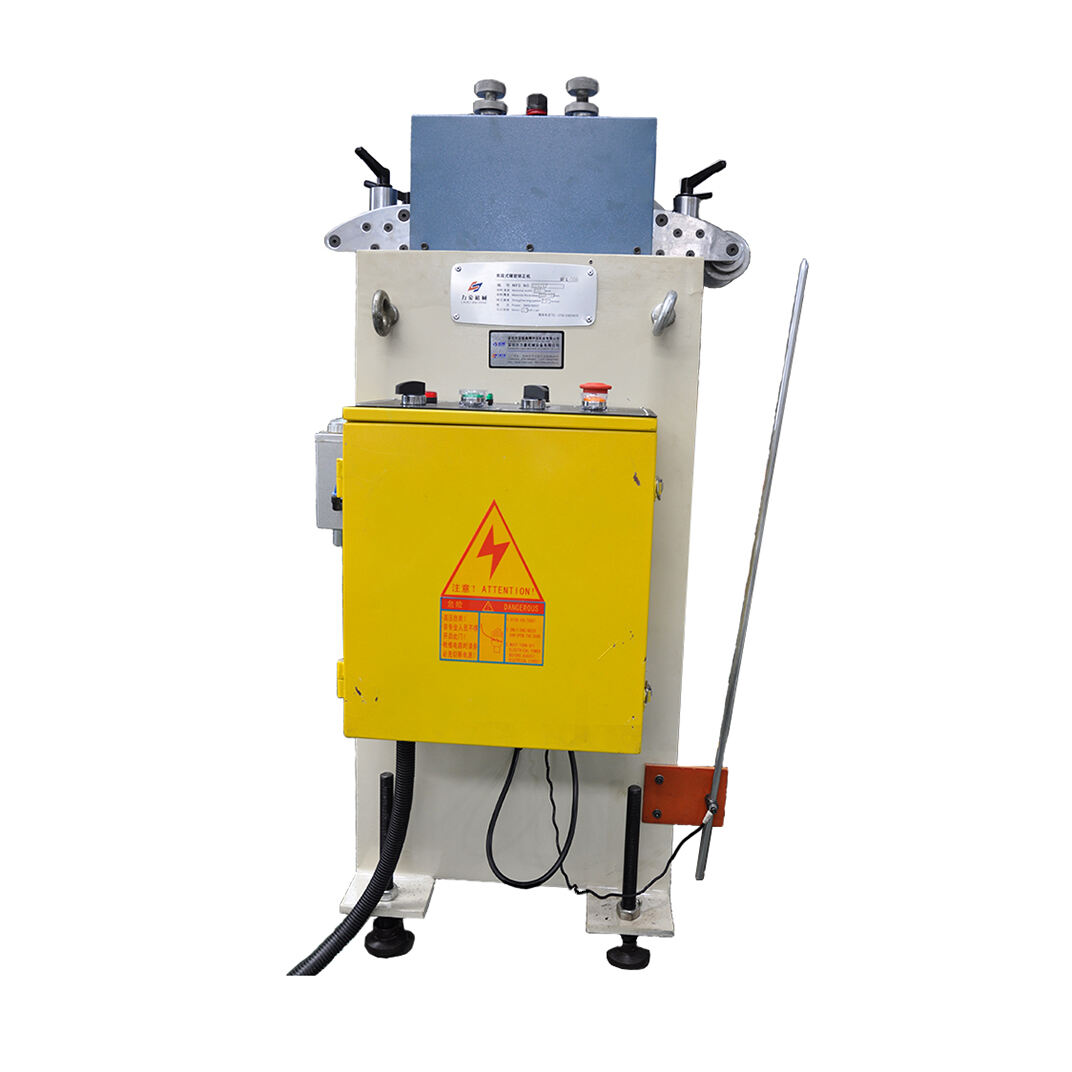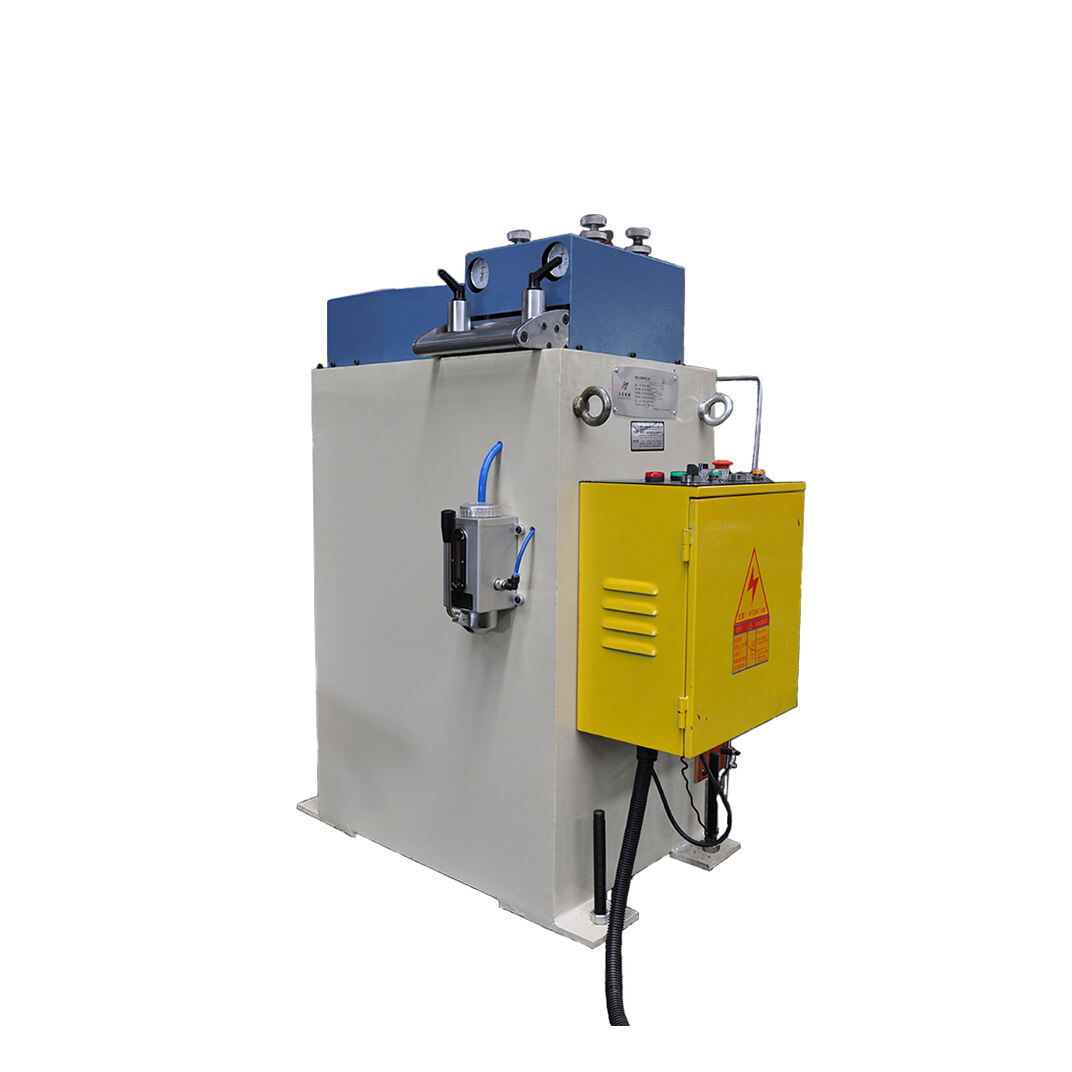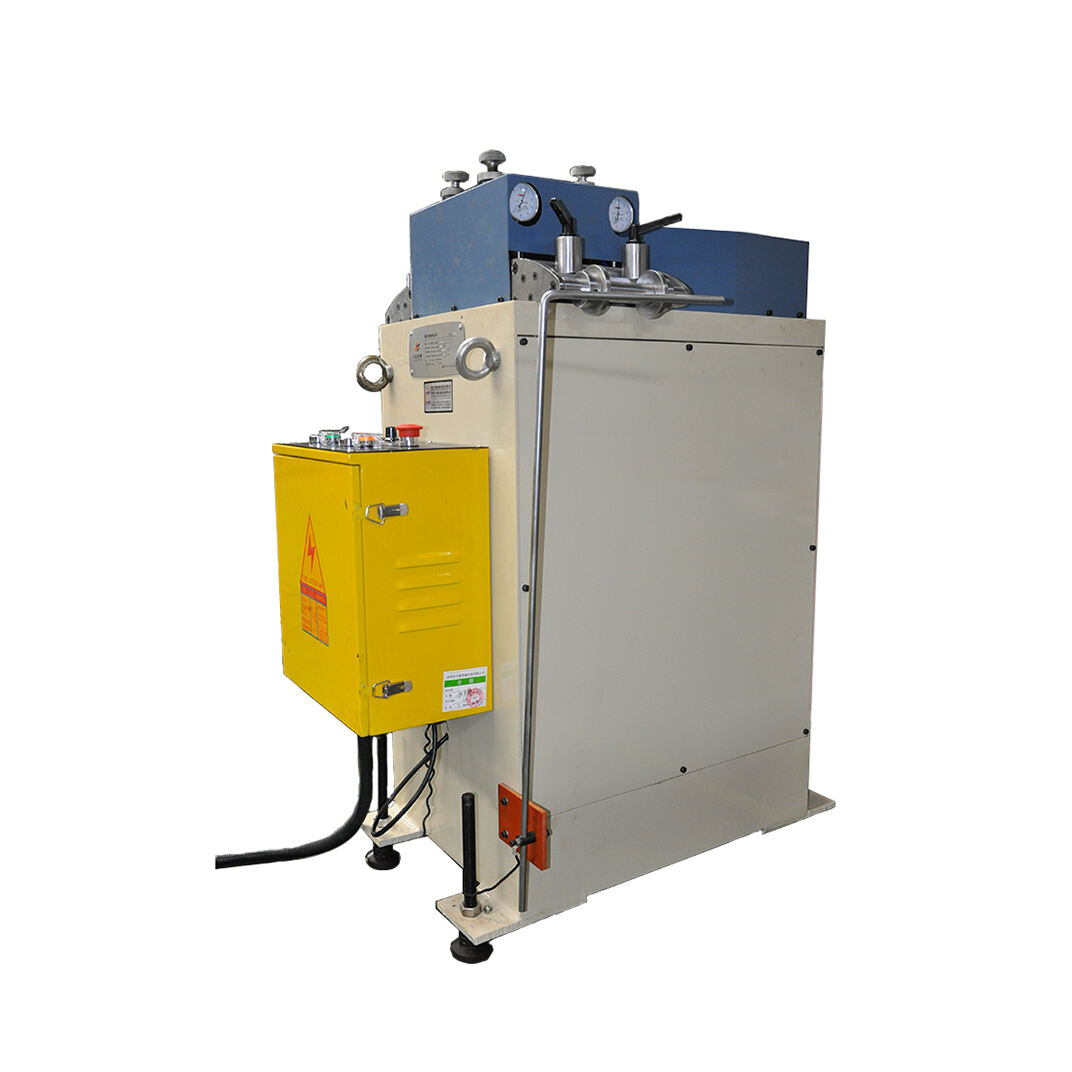SPL Series Ultra-Thin Precision Straightening Machine: Metal Sheet Metal Coil Processing Leveling Machine for Material Thickness Range Of 0.08mm - 0.3mm
Share
For different thickness material continuous punching use
Work together with uncoiler machine for automatic production
Can be customized
Product Description
Feature:
1. This series of straightening machines is an upgraded version of our company's H series straightening machine, specifically designed for the high-precision punching of thin materials. As is well known, it is impossible to produce good products without leveling the coil and eliminating stress, so the performance of the straightening machine plays a crucial role in production.
2. The leveling rollers and auxiliary rollers of this machine are all made of imported SUJ2 material, heat-treated to HRC60. After grinding, they are further processed with hard chrome plating to ensure uniform hard chrome layer and shape tolerance of each shaft.
3. The leveling adjustment of this machine adopts a floating four-point balance fine-tuning device, equipped with a dial gauge, which can quickly locate the leveling point.
4. Each straightening roller of the S series precision straightening machine is equipped with leveling auxiliary rollers to ensure that they do not undergo bending deformation during the production process, thereby improving the flatness quality of the products.
5. The lower auxiliary rollers are fixed, enhancing the rigidity of the lower rollers and preventing deformation under stress.
6. The upper auxiliary rollers are floating, allowing for different pressures as needed to strengthen the leveling strength and lifespan of the leveling rollers, and to improve the surface flatness requirements of the sheet material.
7. The transmission gears adopt forced circulation oil lubrication to reduce gear wear and allow for long-term operation at high temperatures.
8. The transmission mechanism independently drives each straightening roller synchronously, reducing the accumulated backlash tolerance due to gear transmission and improving the flatness requirements of the sheet material.
9. The addition of the lubrication system extends the life of the machine and allows it to operate in a stable condition for long periods.
10. Due to differences in material, strip width, and thickness, there is no unified numerical reference. Therefore, it is recommended to try straightening a small section of material before mass production, and continue production only when the desired results are achieved.
Introduction:
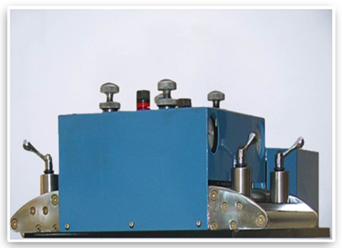
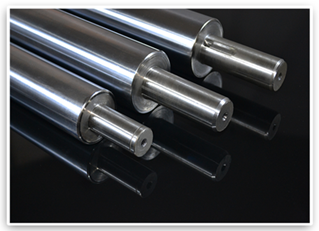
·Straightener Head
1. The machine head adopts a parallel roller design, with a total of 23 straightening rollers, 11 on the upper side and 12 on the lower side.
2. Four-point fine adjustment is employed, which is more suitable for processing high-precision products. The pressure adjustment of the four independent feeding wheels is used for feeding and unloading, effectively preventing material deviation and deformation.
3. The material support roller adopts a non-powered galvanized roller, with the material integrated molding. The surface is resistant to scraping and wear, and it uses mechanical bearings for flexible rotation and durability.
4. The handwheel is made of cast iron and subjected to surface electroplating treatment, representing the most traditional type of handwheel.
5. Protective covers are installed on both sides of the transmission part for protection, equipped with viewing windows for easy observation.
·Straightening roller
1. The straightening rollers are made of solid bearing steel, subjected to thick electroplating treatment after intermediate frequency processing, ensuring a surface hardness not less than HRC58 to guarantee durability.
2. Round steel is forged from GCr15, followed by preheating treatment (spheroidizing annealing), then turning, milling, intermediate frequency processing, rough grinding, cold stabilization, and finally precision grinding. This process maximizes precision, concentricity, smoothness, and hardness, extending the service life of the straightening rollers.
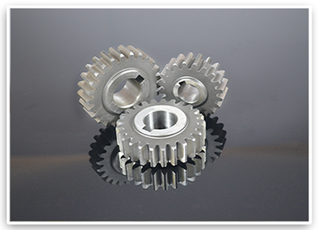
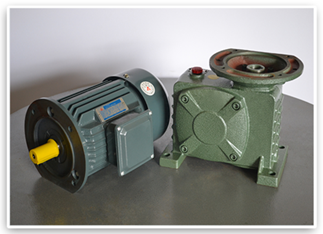
·Transmission Gear
The gear manufacturing process includes the following steps: gear rough machining, gear surface machining, heat treatment, and gear surface grinding. Rough machining involves using forgings, undergoing normalizing treatment to improve its machinability, facilitating cutting. According to the gear design drawing, rough machining is performed, followed by semi-finishing operations such as turning, hobbing, and broaching teeth to achieve basic gear formation. Subsequently, heat treatment is conducted to enhance mechanical properties. Following the design specifications on the drawing, final precision machining is carried out, refining the gear's geometry and accuracy. Through these processes, our gears achieve a rating of Grade 6, boasting high wear resistance, strength, and long service life.
·Power Section
1. Adopting the 80-type worm gear vertical reducer, utilizing the gear's speed converter, to reduce the rotation speed of the motor to the desired speed and achieve a mechanism with greater torque.
2. Using a vertical motor, with low vibration and noise, the stator part is made of pure copper coils, with a lifespan ten times that of regular coils. Equipped with ball bearings on both ends, resulting in low friction and temperature.
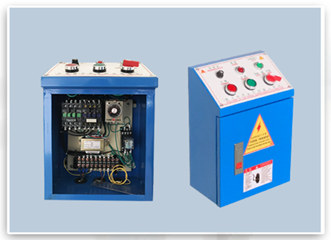
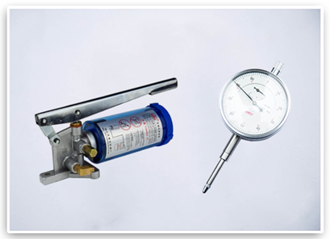
·Electric control box
1. Utilizing silver alloy relays, full copper coils, flame-retardant safety base, ensuring long-lasting durability.
2. Employing a safety protection adjustable circuit delay relay, with silver alloy contacts, multiple dial options, meeting various delay ranges.
3. Switches feature sliding contacts with self-cleaning function. Normally open and normally closed contacts use a separate insulated structure, allowing bipolar operation, with anti-rotation positioning and anti-loosening installation pads.
4. Using self-resetting push buttons, lightweight with moderate key travel. Employing a modular structure, contact points utilize ketone-based composite materials, providing strong conductivity and capable of carrying large currents, with a lifespan of up to 1 million cycles.
·Dial indicator, oil pump
1. Utilizing a manual grease pump for quick and labor-saving oil delivery, with imported oil seals to prevent oil leakage and imported springs resistant to deformation and aging.
2. Employing a steel-made dial indicator with precision dial, dustproof glass, internally lined with copper sleeve, and utilizing a copper-made movement, ensuring stable structure and precise measurement.
Parameter:
| Model | SPL-100 | SPL-200 |
| Max. width | 100mm | 200mm |
| Thickness | 0.08~0.3mm | 0.08~0.3mm |
| Speed | 15m/min | 15m/min |
| Motor | 0.5HP×4P | 1HP×4P |
| Work roller diameter | Φ12 | Φ12 |
| Work roller quantity | 11/12(Upper/Lower) | 11/12(Upper/Lower) |
| Dimension | 0.7×0.6×1.3m | 0.8×0.6×1.3m |


